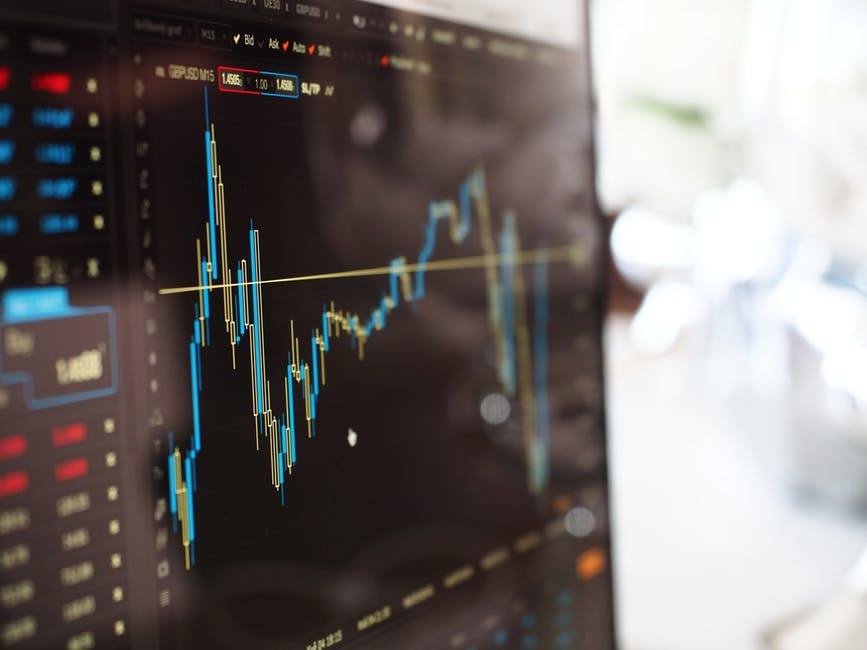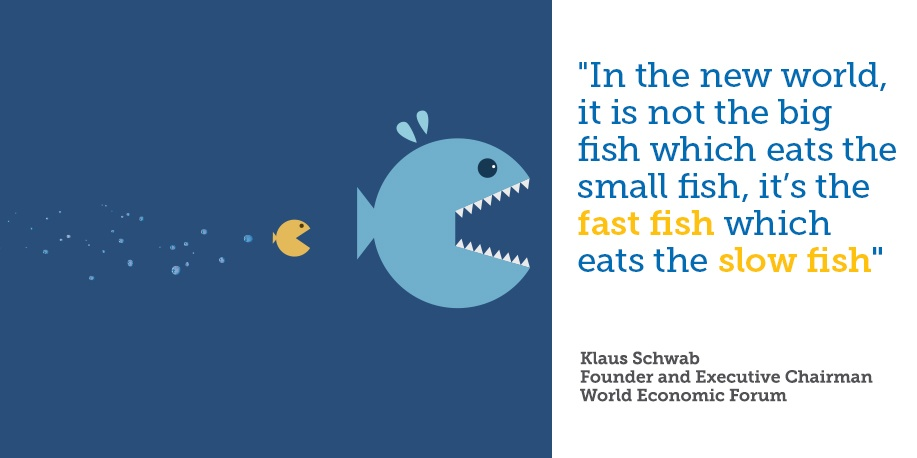Market Research in the Age of Machine Learning
The boom in advertising during the Golden Age of Radio sparked a focus and investment into market research which has continued to thrive and expand until today.
Back in the 1920’s — 50’s radio advertisers revelled at the wealth of information that listener demographics revealed about their audiences. Fast forward to 2017, and a confidence in the necessity of market research for informing strategic decisions has become ubiquitous among entrepreneurs and business leaders worldwide.

By enabling companies to better understand market demand, consumer behaviour, sales performance, market sizes, competition, and more, market research has blossomed into a global industry made up of over 900 companies.
Diverse competition, a few stand-out leaders
Despite the wide diversity and large number of players within the market research industry, a few companies have risen to stand out above the rest. Of the top 25 market research firms in the world, the 5 largest combined represent over 75% of the total earned revenue.
Among these five market research leaders is Ipsos. Founded in Paris in 1975, Ipsos’ rapid growth was further accelerated by it acquiring several European companies throughout the 1990s, and going public on the Paris Stock exchange in 1999. Ipsos has stood out over the years by successfully specializing in multiple areas of market research, including media and advertising research; marketing research; opinion and social research; and client and employee relationship management. The company’s tagline of “Game Changers” does not attempt to hide its ambitions, and Ipsos now has offices in 88 countries worldwide, and employs over 16,500 people.
Market research firms must continuously innovate to survive
Market research is known to be an innovative industry. Already it has seen a dramatic shift away from traditional methods of data collection, towards online surveys, web data collection, video focus groups, and delivering data to clients in real-time. Thanks to the countless trails of data consumers leave behind online everyday, there is now data (or ways of gaining data) for virtually every type of customer action.
But as technologies continue to advance, and the demand for data intensifies, how will today’s market research industry leaders respond, and retain the trust of their clients?
Ipsos currently has the largest network of pollsters and mystery shoppers in Canada, but how can they adapt as “do not call lists” and “cord cutters” (households without landline telephones) continue to rise?
Apple recently announced that Safari will automatically have ITP (Intelligent Tracking Prevention) enabled to stop the tracking of websites visited. This change will reduce targeted advertising by an estimated 13%. How will market research companies respond and adapt to this reduction in (and requirement for a new source of) data?
“The only constant is change, and the rate of change is increasing.” -Peter Diamandis
Today’s market research companies face the risk of extinction unless they continue to find new ways of providing added value, and keeping pace with innovation.
Emerging sub-segments shape the future of market research
The most innovative marketing research companies view technological change as an opportunity, not a threat. Organizations such as Ipsos see that technology and big data can be used to offer a far more detailed and thorough view of the market for clients. In previous years the global research market was estimated to be a $35–45 million industry, whereas when combined with big data that estimate has now skyrocketed to over $170 million.
The AMA Gold Report Top 50 is an annual compilation of the top 50 revenue-generating marketing research firms operating in the United States. It documents the patterns and players driving growth, and has forecasted several sub segments that will be key to the future of market research, including: predictive analytics, data visualization, crowdsourcing, machine vision, enterprise feedback management, and social media.
Predictive analytics, data science, and machine learning are becoming increasingly mainstream for companies trying to improve their insights into customer behaviour, and as such, these areas are becoming extensions of the global market research business.
For companies to remain competitive at the highest level, these capabilities and innovations need to be built into their offerings. However, as has often been demonstrated, the larger the organization, the more challenging it can become to swiftly react and adapt to evolutions in the market.
Startups are famous for their ability to innovate more rapidly than market-leading behemoths. The companies that have managed to stay at the top of their markets, and the forefront of innovation, typically have demonstrated an ability to incorporate the knowledge from nimbler teams — either through partnership, or acquisition.
If market research leaders such as Ipsos want to lead the way forward into a future shaped by predictive analytics, data visualization, enterprise feedback management, and social media, it may very well benefit them to be aware of the younger companies already making breakthroughs in these emerging subsegments.
Twentify uses a crowdsourcing mobile app and back-end platform to enable mystery shopping, direct marketing, market research and assessment applications. Their commission-based service marries companies with funded tasks to users with results in real-time.
Tutela are data visualization experts that create analytic software that embeds in mobile applications to monitor and crowdsource network performance data from the perspective of end users. This enables companies to better understand and maintain/enhance their customer experience.
Pisano provides a customer engagement platform to measure and improve customer engagement and experience across retail and other markets. Their platform offers a complete 360 degree view of the customer journey both online and in store which helps to differentiate them against some of the giants in the industry.
Social media analytics have undergone huge technological change over the last decade. The goal is no longer to simply aggregate user data, but to forge actionable insights.
Echosec is a leading player in this space, with the most comprehensive social sentiment tool on the market.
CulturVate allows enterprises to receive instant feedback from the whole company on new ideas, challenges and solutions. It’s analytics are then used to verify the idea as valid and proceed.
Talkative enables brands to connect more directly and easily with their end customers at times when that connection is needed most.

Leading global market research firms like Ipsos are already taking proactive measures to remain innovative, and at the top of their industry.
But as the only consistent in the current state of market research is (rapid) change, these leaders stand to greatly benefit by learning from nimbler young companies, that have already demonstrated technological innovation and expertise in the market’s emerging sub segments.


